Table of Contents
- Why Do Plants Flower?
- Is Bolting the Same as Flowering?
- What Causes Plants to Flower Prematurely?
- Is It Safe to Eat Flowered Vegetables?
* Our articles never contain AI-generated slop *
So you grew some vegetables, but now they're flowering and you don't know why. Let's talk about it...
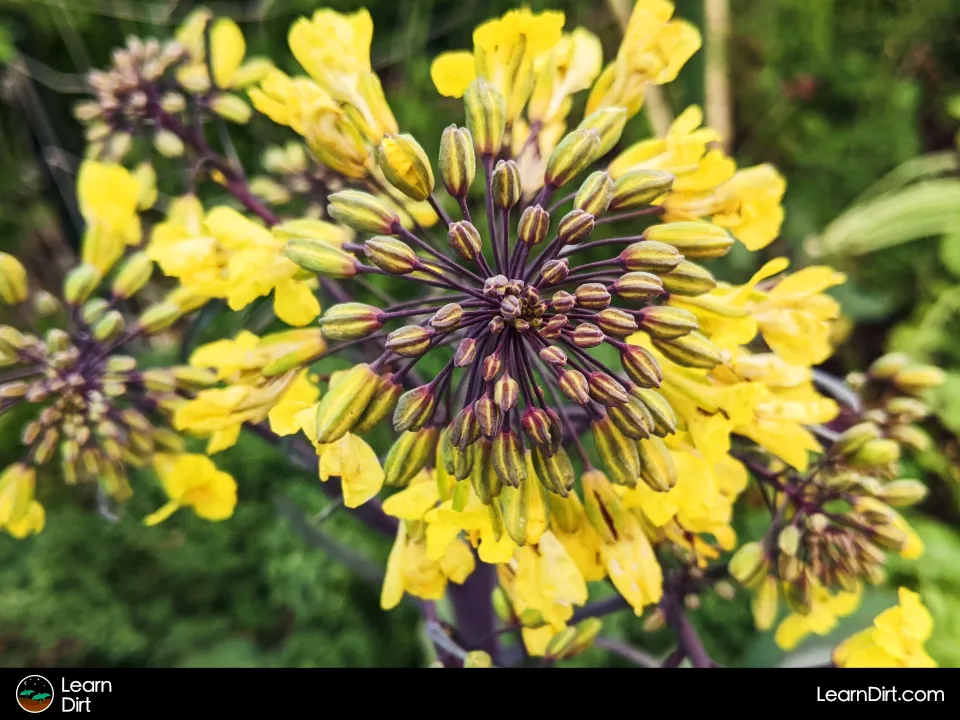
Why Do Plants Flower?
In the flowering stage, angiosperm (flowering plants) utilize their flowers for sexual reproduction.
When flowers are pollinated (by wind, insects, animals, or water), plants can then reproduce by developing seeds that carry on their genes.
Disclaimer: This post may contain affiliate links. Refer to the privacy policy for more information.
Is Bolting the Same as Flowering?
You'll often see the phrase "bolt to flower" which might make it seem like these two terms are identical.
While often used interchangeably, these two terms do not quite mean the same thing.
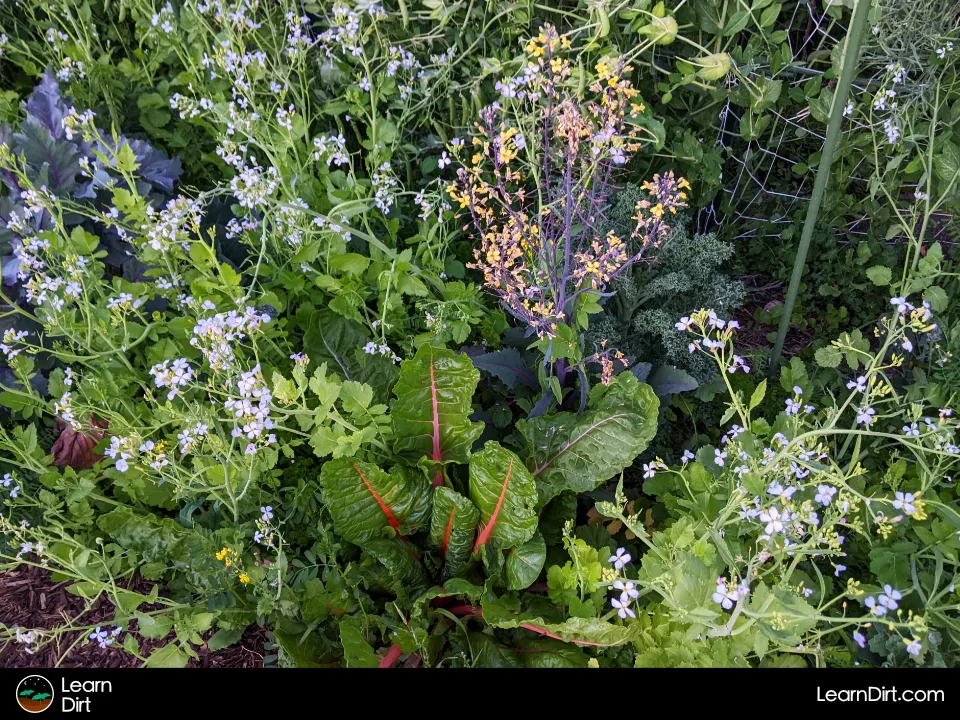
What Is Bolting?
Bolting is the name for the final push for plants to flower and reproduce before they die.
It's the transition period where the plant goes from the vegetative stage to the flowering stage. Bolting is the liminality between these two.
Once a plant bolts, it will focus all of its energy on completing this task before seasonal conditions become too harsh to survive.
Because plants' only goal once flowering begins is to produce seeds before their time is up, they do not have the usual energy to replace lost leaves during this time. That means they need to defend what they do have.
If you've noticed that leaves become much less palatable or even inedible when your veggies flower, this is the reason. They cannot afford to be eaten if they're to make it to seed for the next season.
During bolting, many plants go through a process of flower stalk elongation in order to raise the future flowers up higher for pollinators to find.
Think lettuce, whose typical low growth habit completely transforms with the growth of a 2-3ft high woody flower stalk (inflorescence) which the leaves begin to spiral up.
Leaves can often get much thicker, tougher, and more bitter during this phase to protect themselves from predation long enough that they can make it through flowering and reproducing.
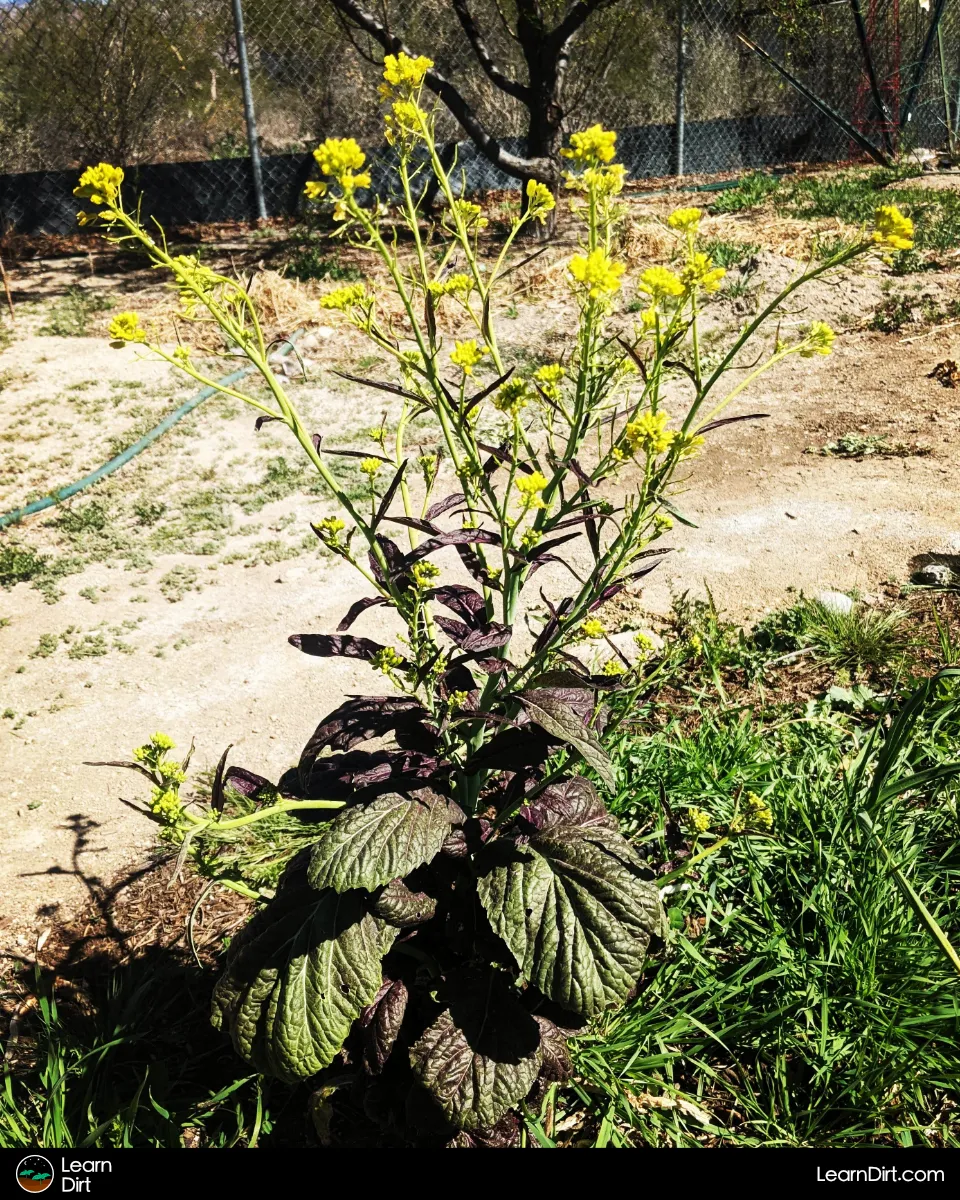
Bolting also has an addition connotation sometimes, which is that the plant is transitioning towards flowering prematurely.
This connotation does not always appear to be attached to this phrase, but it is sometimes.
In this case, bolting would mean both transitioning from vegetative to flowering stage and doing so because of adverse environmental conditions before it otherwise would have.
In some uses, the word may also mean transitioning from vegetative to flowering stage and doing it before I got to finish harvesting the leaves I wanted.
Be aware of these contexts, as this word 'bolting' is a slippery one that's only loosely-defined. People use it to mean different things so you may have to ask for clarification when it's used.
What Is Flowering?
Flowering is the reproductive stage that comes after the bolting transition zone, as they move away from the vegetative stage.
Join The Grower's Community
A FREE, friendly forum
where you can ask questions,
swap tips, and meet like-minded growers 🌱
Check It Out!
In the flowering stage, plants are pollinated and then reproduce via seeds.
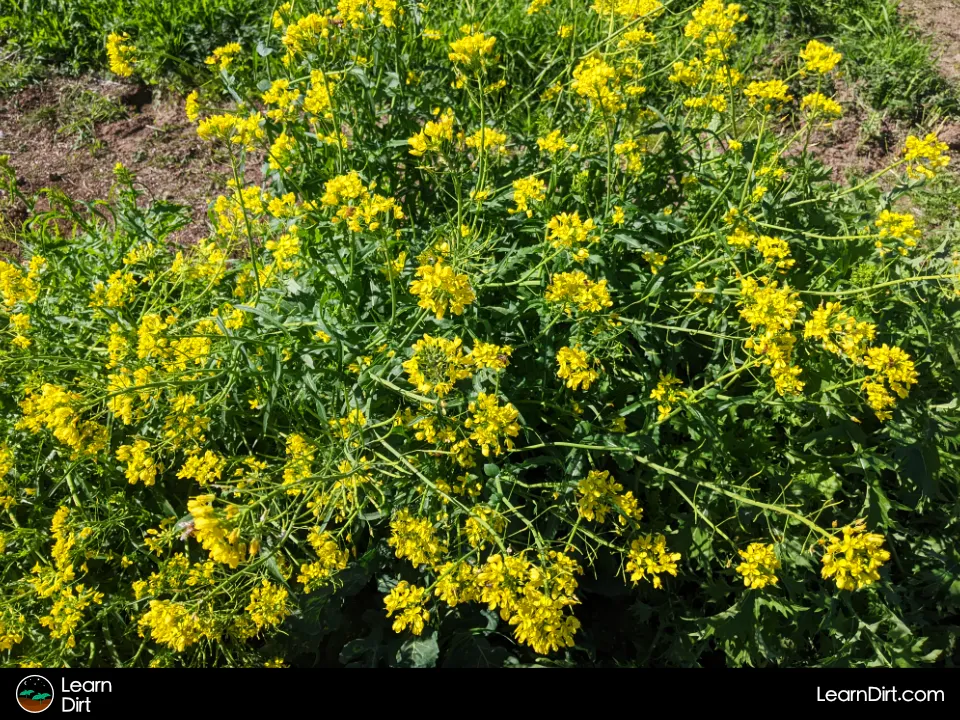
What Causes Plants to Flower Prematurely?
The short answer is stress. The cause of any plant bolting and going to flower before it normally would in its lifecycle is always stress.
Stress in plants causes hormones to change, typically producing more to the flower-inducing hormone gibberellins. If you're familiar with selective plant breeding you may recognize that as the hormone you apply to force your plant to induce flowering.
It's not enough to simply say that 'stress' is the root issue, however, as any number of factors could be underlying that stress. If you hope to understand why your plant is flowering early, you'll need to understand what exactly the stressor is that triggered it.
Common stressors in plants that trigger early bolting include:
- Heat
- Cold
- Extreme Temperature Swings
- Drought / Underwatering
- Flooding / Overwatering
- Inconsistent Water
- Photoperiod (Day Length)
- Nutrient Deficiencies
- Nutrient Toxicities
- Overcrowding / Nutrient Competition
- Pests
- Physical Plant Damage
- Genetics
Natural Senescence
Some plants bolt to flower as a natural part of their senescence - triggered by reaching a certain age and nearing the end of their natural lifecycle.
Environmental Pressure
Other plants bolt to flower as a result of pressures from their external environment. Some triggers for this may include:
Photoperiod (length of day and night) - day and night cycle length is a natural trigger for many plants (excluding those native to equatorial regions where day length doesn't vary much). Shortening days are a sure sign that winter is coming, and many plants rely on this photoperiod variance through the year to anticipate seasonal changes.
Extreme Heat - when heat increases the rate of transpiration in plants and they are unable to take up enough moisture to keep pace with water lost through transpiration, many bolt to flower - prefering to see themselves through the hot season as resilient seeds rather than susceptible plants.
Sudden Cold - unexpected cold snaps can put similar environmental pressure on plants as extreme heat. Many plants will go to seed when cold is threatening and imminent.
Dig Cool Merch?
Soil pH Issues - When soil pH falls too far out of acceptable range for a given plant, nutrient lockout occurs. This prevents plants to attaining the full spectrum of necessary nutrients from the soil and microbiome. As a result, some plants will flower and go to seed rather than try to survive in an inadequate pH.
Stress
Pest Pressure - in the face of overwhelming pest pressure, many plants choose to bolt to seed as quickly as possible. Seeds are often more difficult to harvest and consume for animals and insects than fresh leaves, and seeds can hide themselves in the soil. Many seeds can also be consumed by animals and remain viable - sometimes being transported to better locations in the process.
Inconsistent Watering - If water is extremely inconsistent and unreliable during vegetative growth, plants may bolt to flower in an attempt to wait until a better season or year to grow.
Disease - Bacterial, fungal, and viral issues can afflict plants to an extent which triggers bolting. In many cases these diseases are not carried into the seeds, so flowering and producing seeds can be a way for plants to effectively escape disease through multiple generations.
Is It Safe to Eat Flowered Vegetables?
Now that you've gat a good idea what causes plants to bolt to flower, let's address a lingering question you prabably have: is it safe to eat flowering plants?
Check out our full guide on Eating Flowering Vegetables to get into the details if you're interested.
Otherwise, that's all for now - thanks for reading and don't forget to check out the Community if you're interested in meeting other gardeners, and having a place where you can ask questions and get help on any specific issues you're having along your gardening journey!








![Black Dirt Live Again [Blue]](/media/product_images/black-dirt-live-again-[blue]_sticker_260x260.png)
![Black Dirt Live Again [Blue]](/media/product_images/black-dirt-live-again-[blue]_shirt_260x260.png)

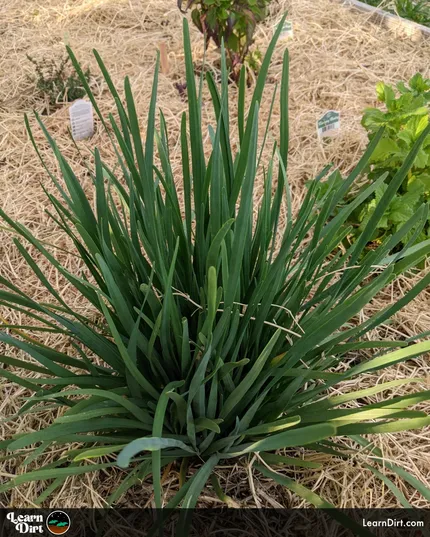
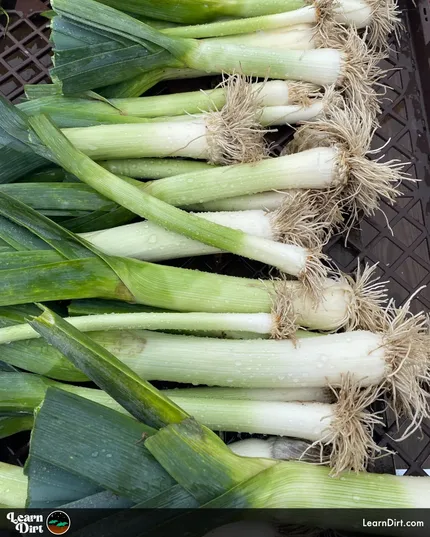

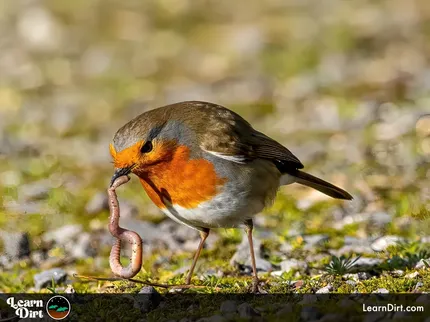
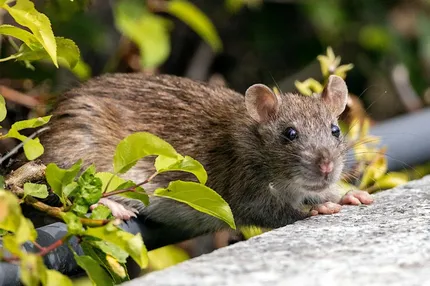
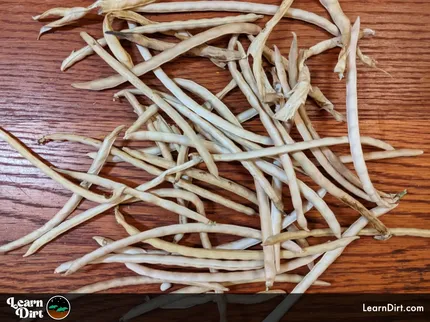
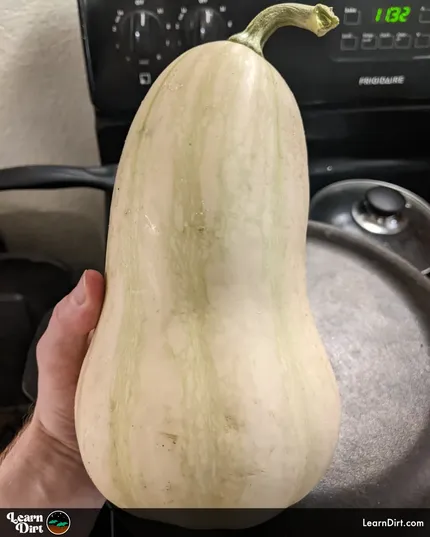
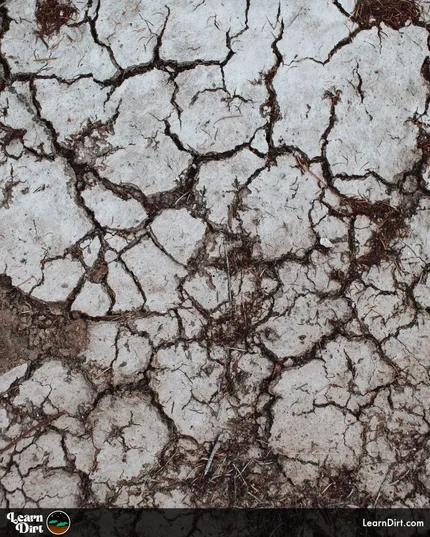
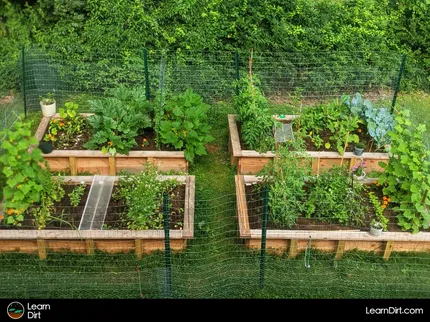
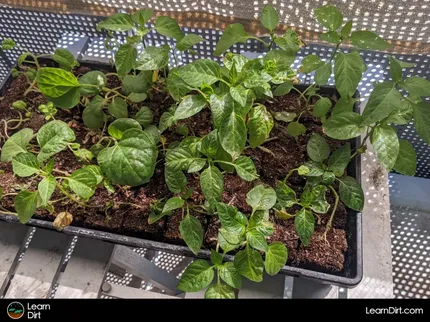
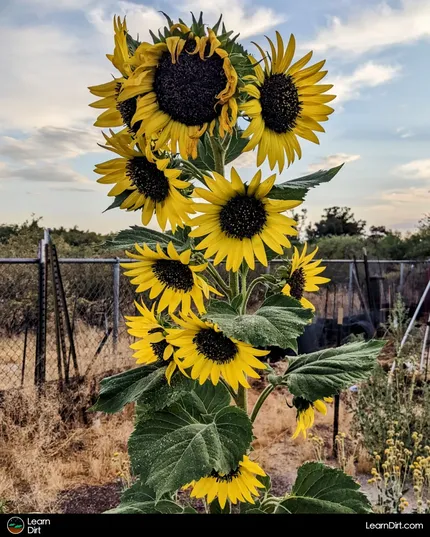
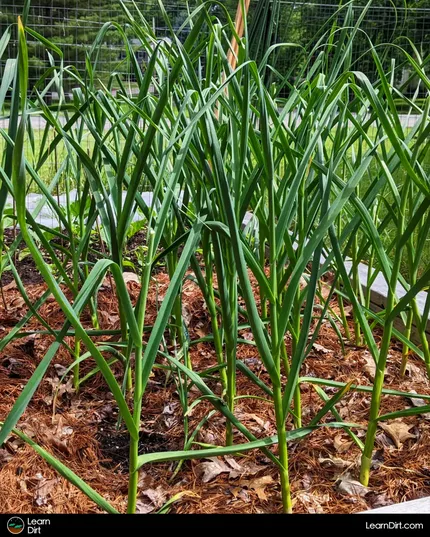
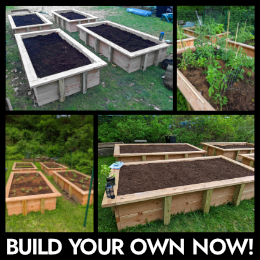

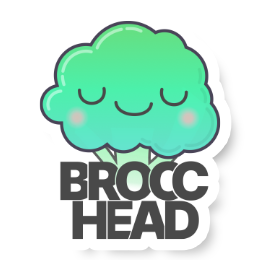
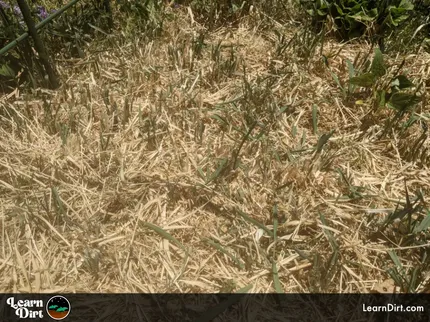
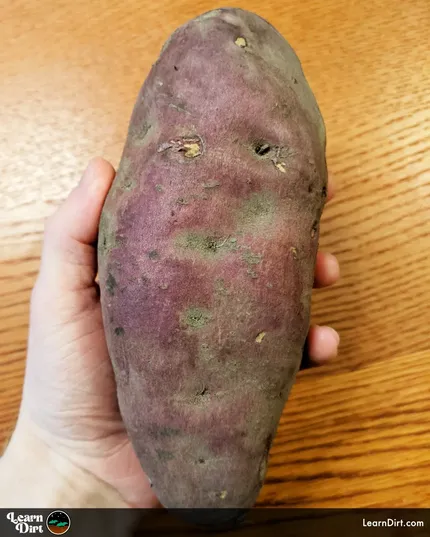
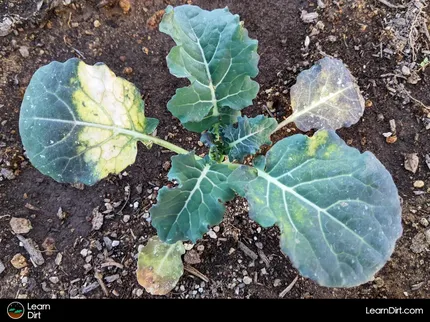
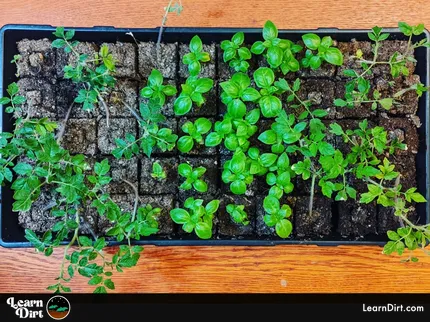
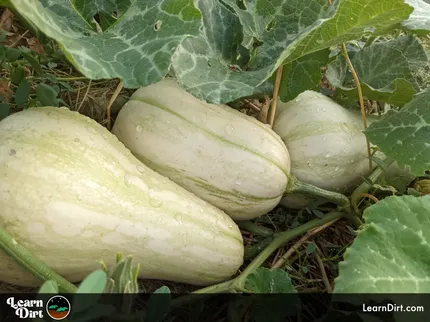

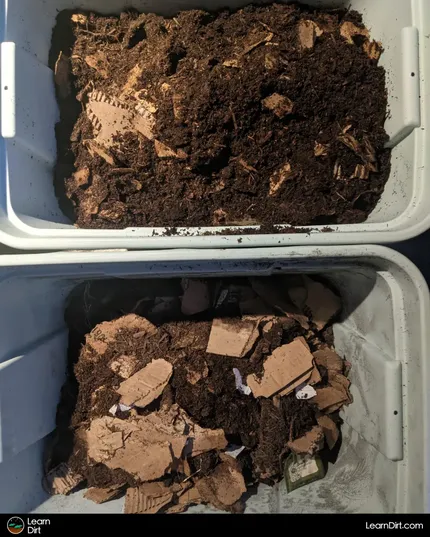
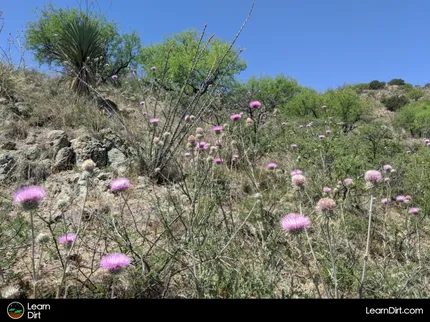
Leave A Comment:
Under construction, please check back soon!